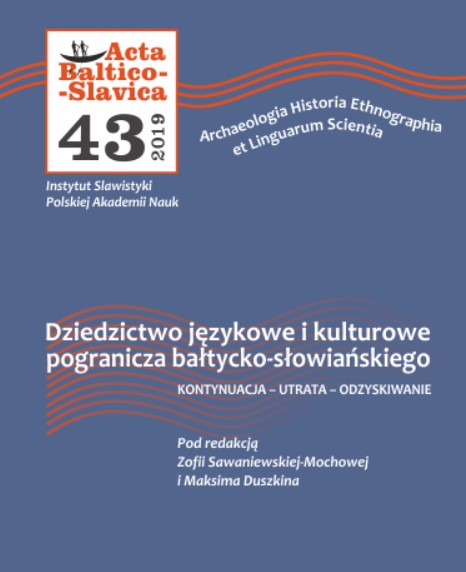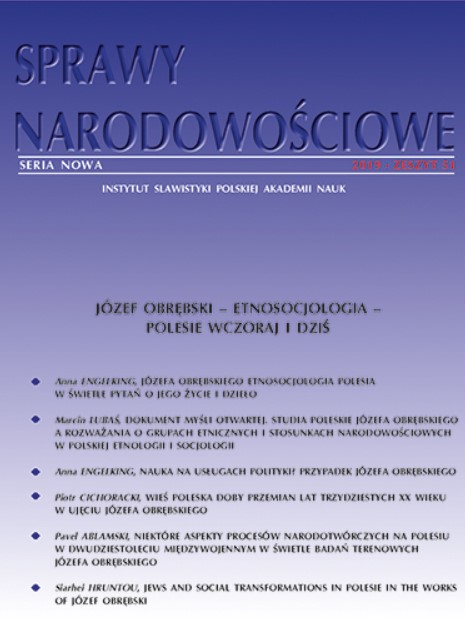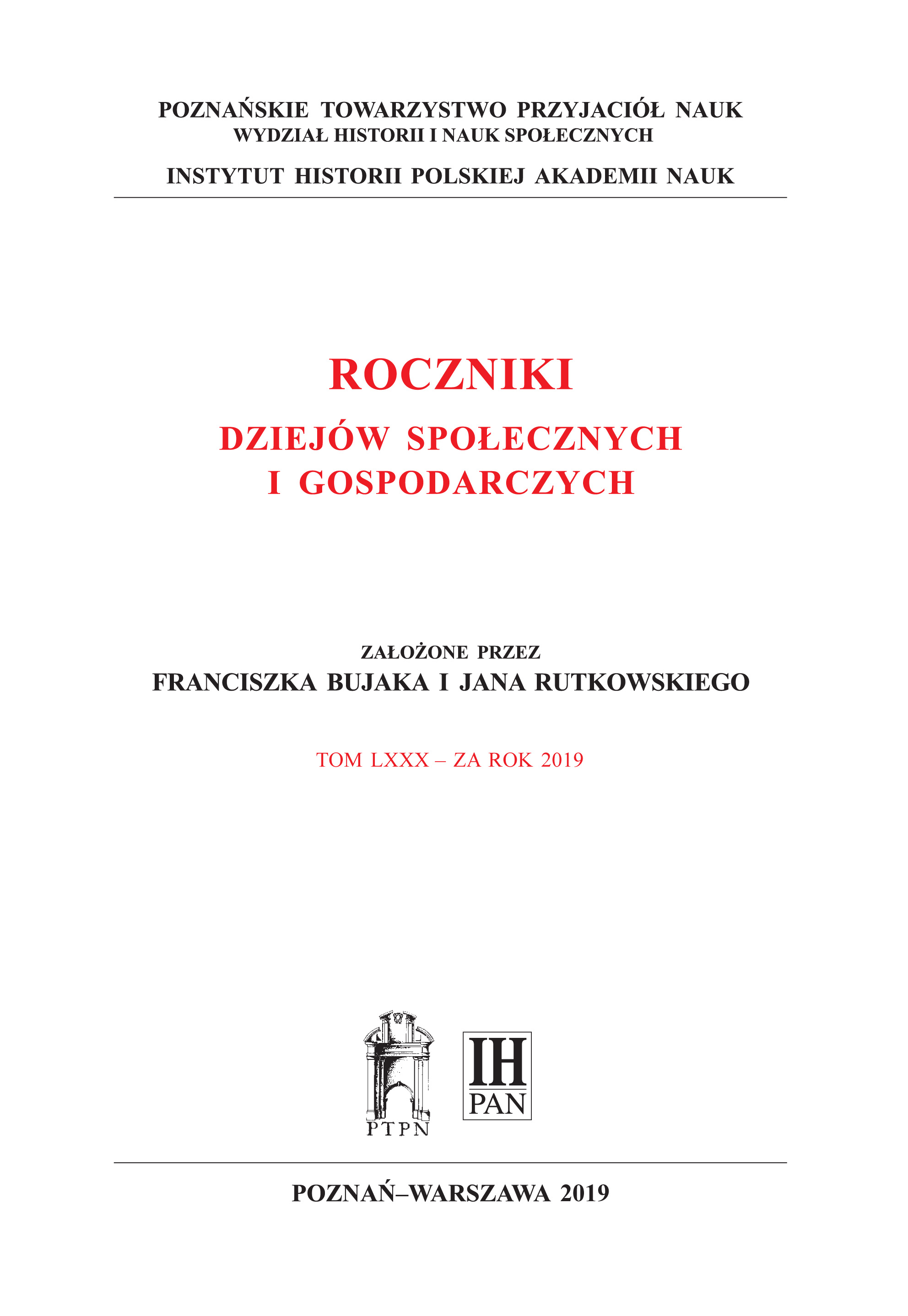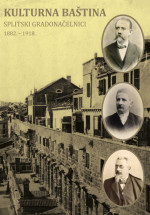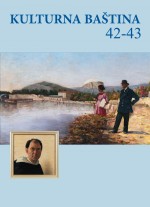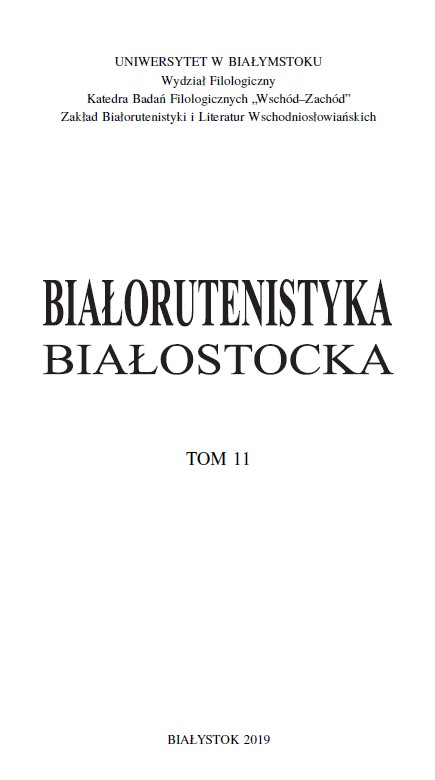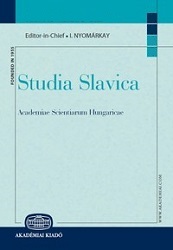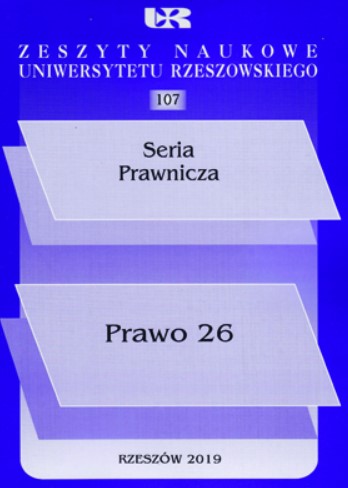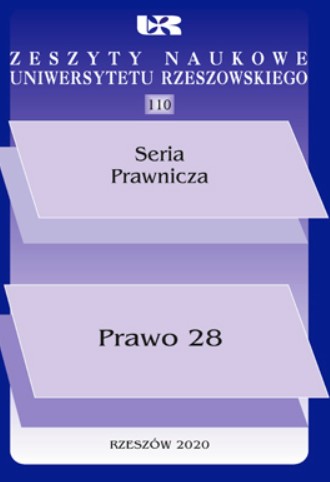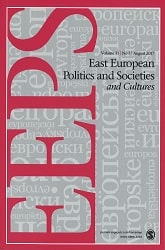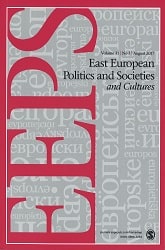Author(s): Jasenka Kranjčević / Language(s): Croatian
Issue: 42-43/2017
This paper addresses the link between licensed architects and professional associations in Dalmatia from their early days to the onset of the Second World War. In order to provide sufficient understanding of the topic, the author starts with a brief description of the state of the construction industry at the time and then defines valid regulations for establishing professional associations of engineers and architects. Finally, the author discusses activities and projects that were, at the time, conducted by licensed architects in Dalmatia. After defining legal framework for different historical periods, the author attempts to establish connection between professionals and the possibility of their active memberships in professional building associations in Dalmatia. Similarly, the author tries to define the seats of a number of different professional associations in Dalmatia. Licensed architects and engineers in Dalmatia were in a rather difficult position in the second half of the 19th and the first half of the 20th centuries. Dalmatia was a remote and underdeveloped region with a low investment rate and, thus, the demand for professional services was rather low, which also had negative effects on construction industry. Not many local architects were commissioned for building projects, and, if any had been started, architects from other parts of the Monarchy would be employed. Due to poverty, the access to higher education was limited. Only a small number of young men could afford to be educated. After graduation, their focus was on securing a mere survival and not on joining a professional association. Even when the law on professional chambers came into effect in 1913, the position of the Dalmatian architects remained unfavourable, because they did not have a representative in the Chamber in Trieste. The Chamber board consisted of politically fit individuals, which impeded its activities. The Slavs did not have their representative on the board and it remains uknown whether any of the Dalmatian architects was elected as a board member before 1918. In the period between the two world wars there was a connection between the association of architects and the Chamber. It was recorded for the years 1924 (the temporary law was in effect) and 1937. It was in 1937 that the Law was put into effect. The Dalmatian engineers and architects belonged to the Ljubljana Chapter and not to the Zagreb Chapter. Engineers and architects from Split were active members of UJIA and not many of them were registered as the Ljubljana Chapter members. There was no clear distinction between the Chamber and the UJIA and almost all the engineers and architects from Dalmatia were members of UJIA. According to the analysis of the available research data, the following conclusion has been made: the Dalmatian engineers and architects were well aware of the political issues at the time, which affected their professional activities within professional associations. Therefore their activities were more significant in relation to the Association of Engineers and Architects than in relation to the Chamber of Engineers and Architects. Engineers and architects in Dalmatia did not have much influence on the activities of professional associations. The were more active in the Associaton of Engineers and Architects than in the Chamber, because its activities were reflective of political demands.
More...
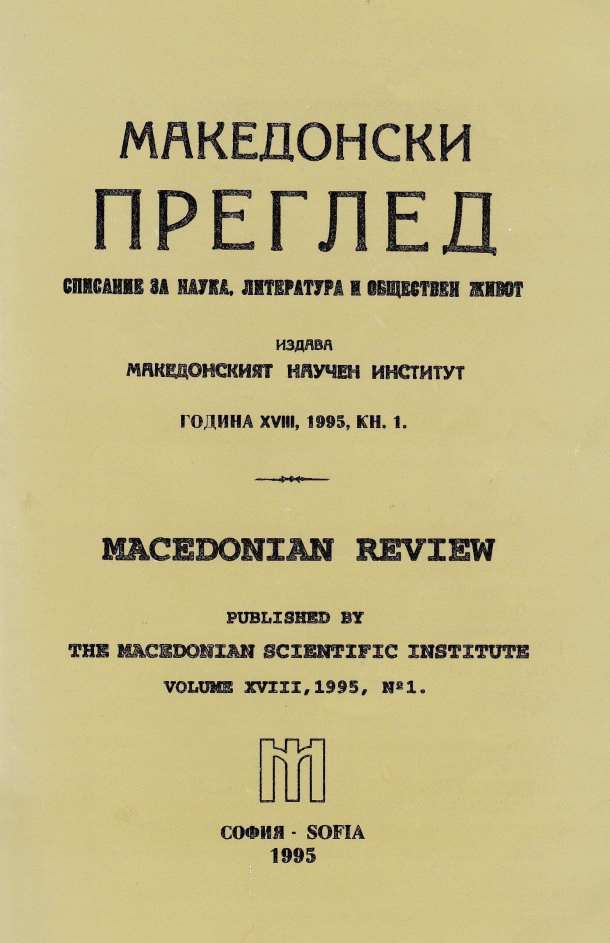


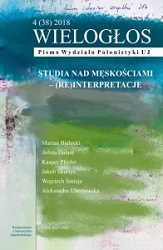
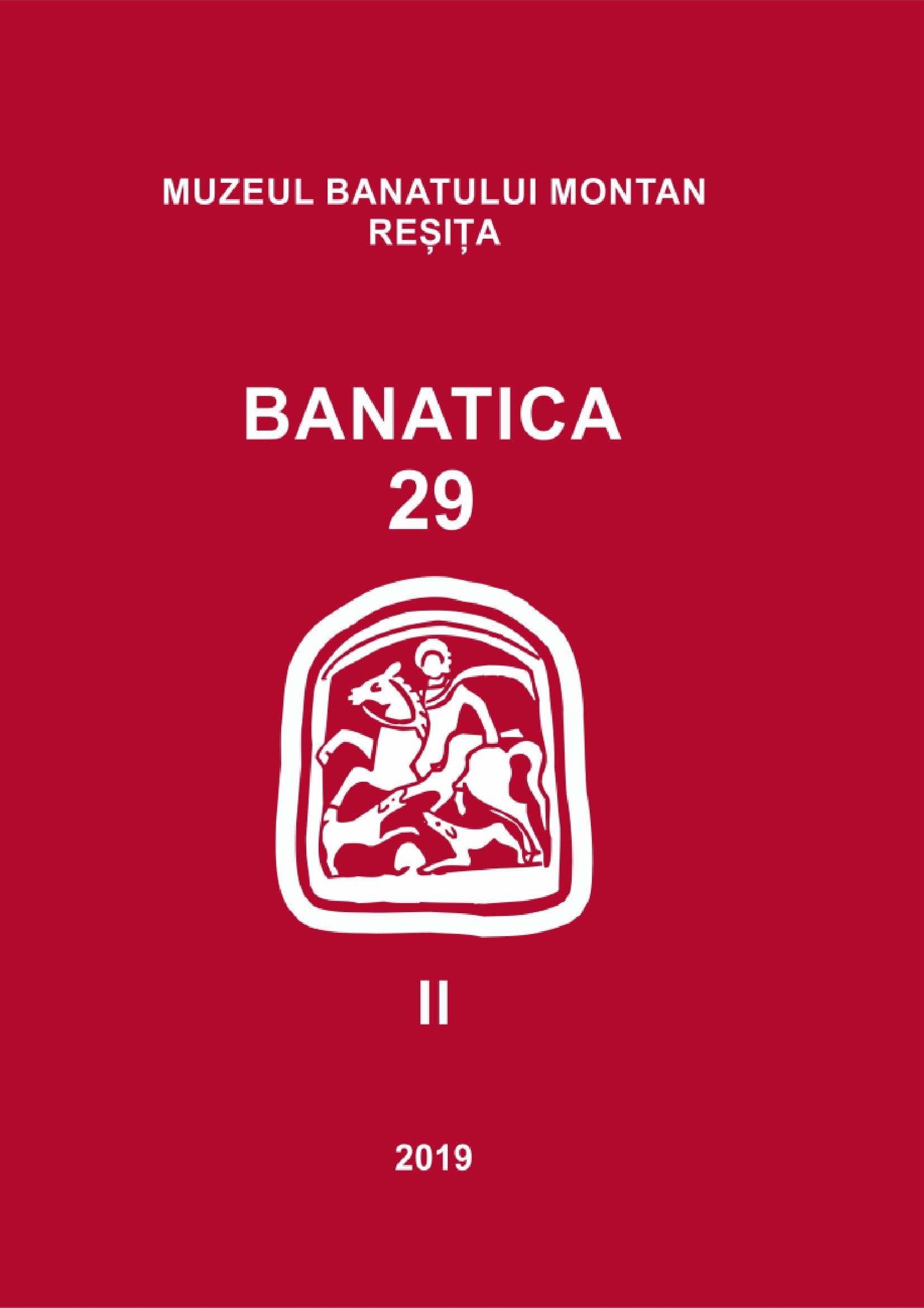
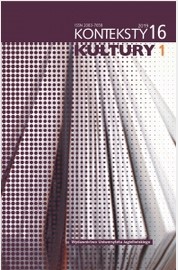
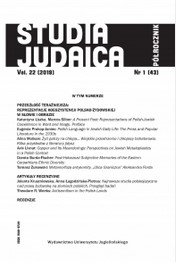
![The Jewish Oil Magnates of Galicia. [Part One:] Valerie Schatzker, The Jewish Oil Magnates: A History, 1853–1945, and [Part Two:] The Jewish Oil Magnates: A Novel by Julien Hirszhaut](/api/image/getissuecoverimage?id=picture_2019_56534.jpg)
